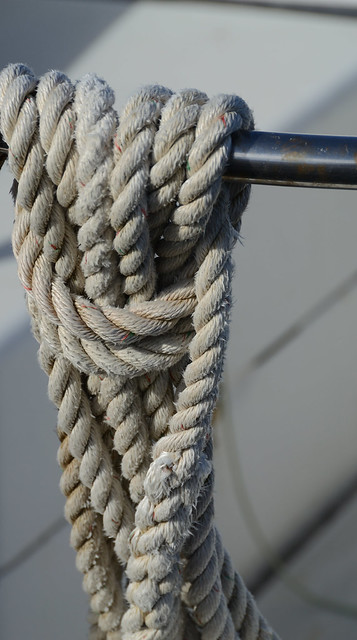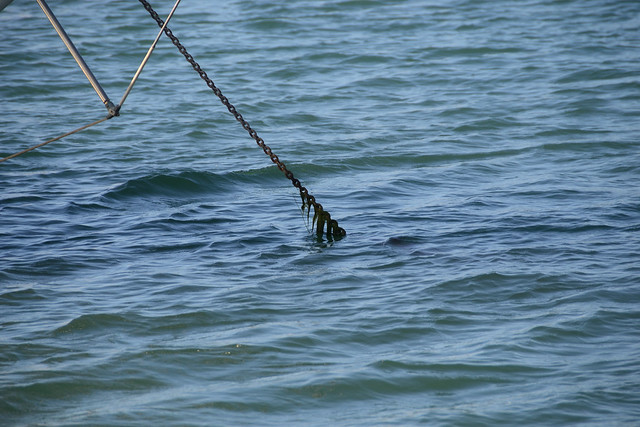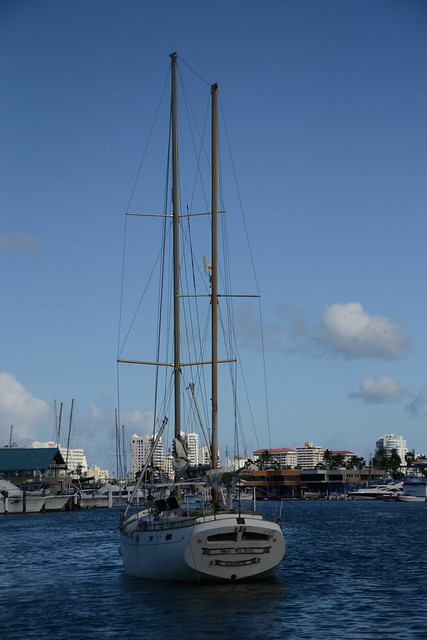- Joined
- Mar 18, 2013
- Messages
- 16,172
- Reaction score
- 17,045
- Location
- Boston
- Can others edit my Photos
- Photos OK to edit
- Moderator 🛠️
- #16
I will n eed to learn how to do that.resize some of your images to a long size 1200 pixels
Thanks for the excellent advice. Although I was not planing to take a tripod to the Alaska trip, to avoid much intrusion with the family, would it be 100% necessary for good photos?
If you are planning any night photos then yes but if not, you can certainly make do without it. It really is needed if you want to keep your ISO down in gloomy light but if the trip is more about family time than photo time then skip it, IMO.

 Untitled
Untitled DSC_0050_00001
DSC_0050_00001 DSC_0066_00001
DSC_0066_00001 DSC_0025
DSC_0025
![[No title]](/data/xfmg/thumbnail/33/33357-bd174890e33fb2a7f7338b9278e6dad2.jpg?1734163276)

![[No title]](/data/xfmg/thumbnail/39/39480-e4e26ffe5c6148262ac81eff975a5c0e.jpg?1734173580)

![[No title]](/data/xfmg/thumbnail/32/32929-22e23acc63d6ecb25e5ee941be87121f.jpg?1734162700)

![[No title]](/data/xfmg/thumbnail/39/39478-0db485f4efaffd784bfa5cc75ff7502f.jpg?1734173575)


